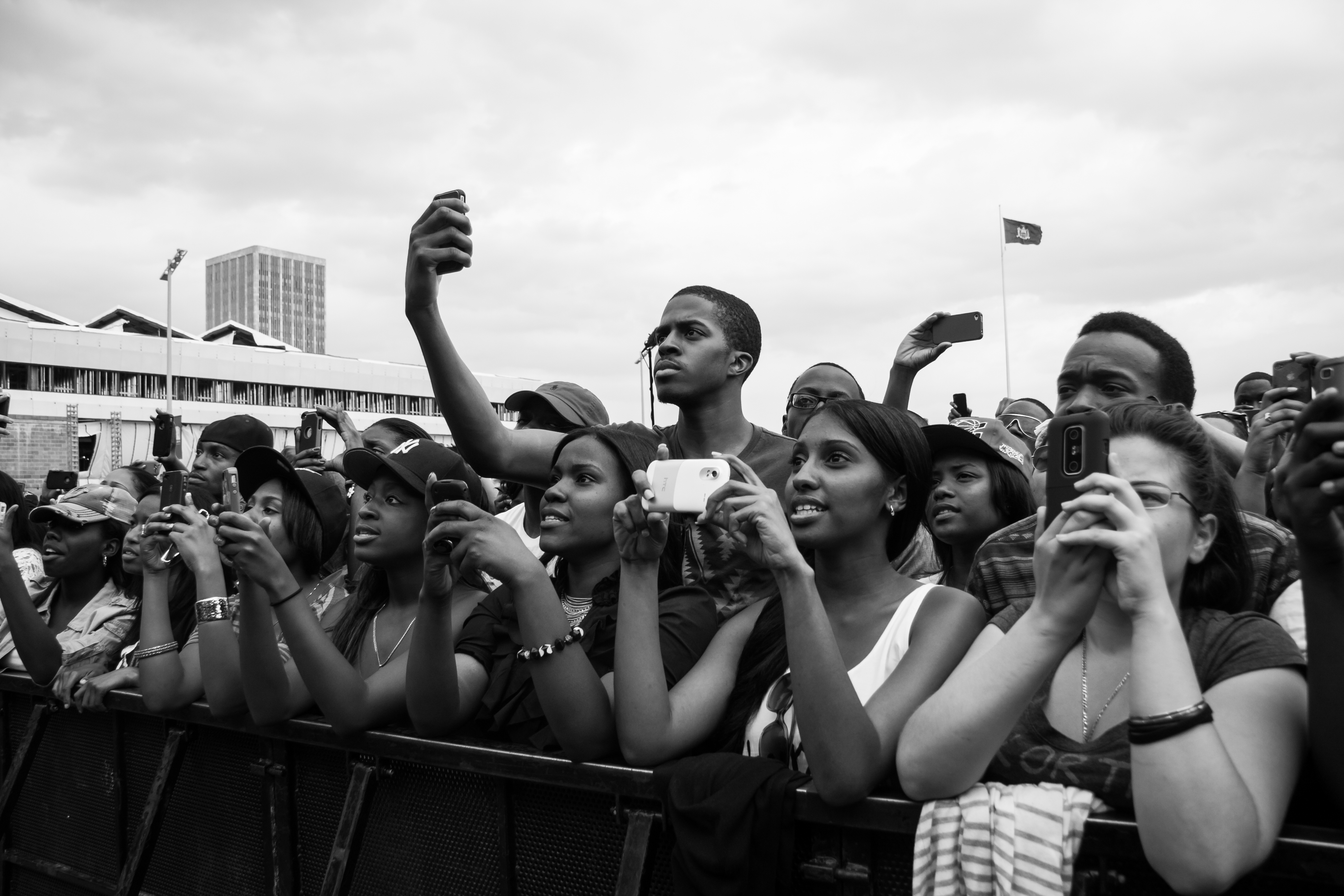On this Easter, like others, I think about resurrection—but this day, strangely, how it should apply to the news media. Three years ago, I wrote largely-overlooked ebook Responsible Reporting: Field Guide for Bloggers, Journalists, and Other Online News Gatherers. The concept germinated from my June 2009 essay “Iran and the Internet Democracy“, following protests in the country that citizens documented on social media/self-publishing platforms like Facebook, Twitter, and YouTube, which at the time were little more than three years old (with respect to availability to the public). I predicted that these nascent services would disrupt editorial monopolies on news and other information, which has occurred in varying degrees during the nearly eight years since.
By March 2010, a troubling trend lead me to write what would become the other genesis for the book: “The Difference Between Blogging and Journalism“. Too many news gatherers single-source blog and socially-shared posts, without independently confirming their accuracy. As I have told my reporters over the years, when working as an editor: Write only what you know to be true. If you haven’t communicated directly with the source, then you don’t know what’s true. But I am more disturbed by social media activity that mainstream media presents as news, such as stories that turn trending topics, or simply single tweets, into clickable headlines. Often they’re unconfirmed filler for driving pageviews.
“Fake News” is a hot topic across the InterWebs during 2017, but who really calls it out? Easy answer: Traditional news media, which is threatened by citizen journalists brandishing smartphones and sharing apps. They exerted surprising influence during the Brexit ballot and U.S. Presidential election. That’s the Internet Democracy making choices about what’s relevant, rather than a select number of editors (say, is it a stereotype to suggest white, middle-age males). In process truth is redefined as what matters. Truth is subjective, even in the hard sciences; consider Albert Einstein’s Special Theory of Relativity, for example. Members of the Internet Democracy extract truth that is relevant to their own circumstances.
Misinformation is a certainty online but hardly a new phenomenon. The mainstream media, particularly broadcast news, frequently misreports the facts. Need I really cite examples? You surely know of some, if not many. Reasons range a spectrum—from subjective bias to fast-changing events, like a bombing or shooting. Those reports are no less fake than others raging across Instagram or Twitter. The solution to so-called fake news, while preserving the Internet Democracy’s voice, is cooperation. The Fourth and Fifth Estates should stand side-by-side, working together—and some newsrooms, with BBC among the best, do just that. Citizen journalists can be provocative, on-the-scene storytellers, while professionals act as authenticators and curators.
Citizen journalists can be just as effective, and considerably more so, than professionals serving the public interest. What happened one week ago on a United Airlines flight is purest example. Passengers exposed in near real-time the dragging of a medical doctor from the plane, so that an airline employee could take his seat. The incident might have been a passing news story somewhere, if not for riveting video footage, captured by smartphones and posted to Twitter. What happened on that flight mattered to other passengers—the truth that any one of them could have been forcibly removed instead.
The chronicled, and later widely-spread, event matters to other fliers, too. Social media backlash and news reports compelled United Airlines to make policy changes, while shining spotlight on widespread overbooking and pricing practices among all carriers and raising questions about antitrust activities resulting from government-sanctioned consolidation (see next post). The fallout from the UA incident may be farther-reaching, depending much on what the Fourth and Fifth Estates do next. Together.
The news media can resurrect its relevance in the contextual information era by better utilizing citizen journalism, starting with authentication and curation and continuing with dissemination that expands the original reporting.
Photo Credit: Leon Fishman
